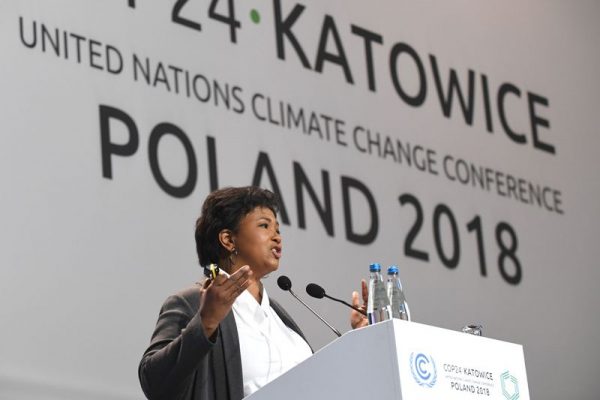Task force recommends US$50-million fund to bring African Americans into physics and astronomy – Nature.com
Sweeping changes are needed to combat systemic issues that exclude African Americans from US physics and astronomy programmes, says a report. Its authors call for at least a doubling of the number of undergraduate degrees awarded to black students in these fields by 2030.
Under-representation reduces the pool of African Americans pursuing graduate degrees, serving as mentors and inspiring future students, says the report, which was funded and produced by the American Institute of Physics (AIP), a non-profit organization based in College Park, Maryland, that publishes scientific journals and promotes physics careers. The problem also affects the nation’s talent pool, says Sharon Fries-Britt, a member of the task force and a higher-education researcher at the University of Maryland, College Park. “That impacts all of us,” she says.
A two-year investigation by the AIP’s National Task Force to Elevate African American Representation in Undergraduate Physics and Astronomy, or TEAM-UP, found that the lack of a supportive environment, along with ongoing personal financial challenges, contributed to the failure of US universities and colleges to recruit and retain African American students.
Rules of engagement
The report finds that the low recruitment numbers are specific to African Americans, who make up 3% of all recipients of US undergraduate degrees in physics and astronomy; by contrast, Hispanic Americans constitute almost 9%. Yet enrolment numbers are much higher for both black and Hispanic students, who represent 13% and 16%, respectively, of enrollees in four-year institutions, suggesting that many students from under-represented minorities leave the field prematurely.
The report calls on departments to create welcoming environments and promote a sense that students are valued. It recommends that departments establish clear rules of engagement and behaviour to foster a sense of student belonging and encourage black students to feel comfortable in ‘common areas’, and to hold leadership positions on campus. The report also suggests that faculty members and others foster a welcoming climate and adopt conduct that bars negative behaviour — including insults and microaggressions — towards African American students.
To address students’ unmet financial needs, TEAM-UP calls for the creation of a US$50-million fund to support marginalized students in physics and astronomy. Half of the endowment would directly support at least 150 African American physics and astronomy students, providing about $8,000 each in annual financial aid to eliminate their debt burden. The other half would help departments to implement the TEAM-UP report’s recommendations, particularly at colleges and universities that have historically mostly served black students.
“The $50-million endowment fund will move the needle a long way,” says task force co-chair Edmund Bertschinger, a physicist at the Massachusetts Institute of Technology in Cambridge. To put that figure into perspective, he says, it’s roughly what a wealthy department might pay to buy into a giant telescope project. “Do we value as a field the development of talent from an important group as much as we value astronomical data that might come into one department?” he asks.
The investigation drew its recommendations from student and faculty surveys, in-person interviews with African American students, and visits to high-performing physics departments. No similar study has been done with this level of rigour in physics and astronomy, says Bertschinger.
Growing efforts
Meanwhile, the 60,000-member American Geophysical Union (AGU), an affiliate of the AIP in Washington DC, has found that people from under-represented groups — particularly women of colour — are less likely than white people to have speaking opportunities at conferences1. “We are publicly reporting our data, as well as tracking our data,” says Chris McEntee, the union’s chief executive.
The AGU is using that information to track progress across the organization, develop policies and establish programmes to increase diversity and inclusion. Last year, it launched the AGU Bridge Program to increase representation of African American, Native American and Hispanic graduate students in Earth and space science in departments at 14 US institutions.
Similarly, in 2019, the American Physical Society, a member society of the AIP, convened teams from 30 US physics departments to create a national network to exchange ideas and information, establish effective research practices and improve strategic plans to support equity, diversity and inclusion.
“At the end of the day, the recommendations are not merely about increasing the production of African Americans with physics and astronomy bachelor’s degrees,” says Bertschinger. “It’s about transforming the culture of physics.”






